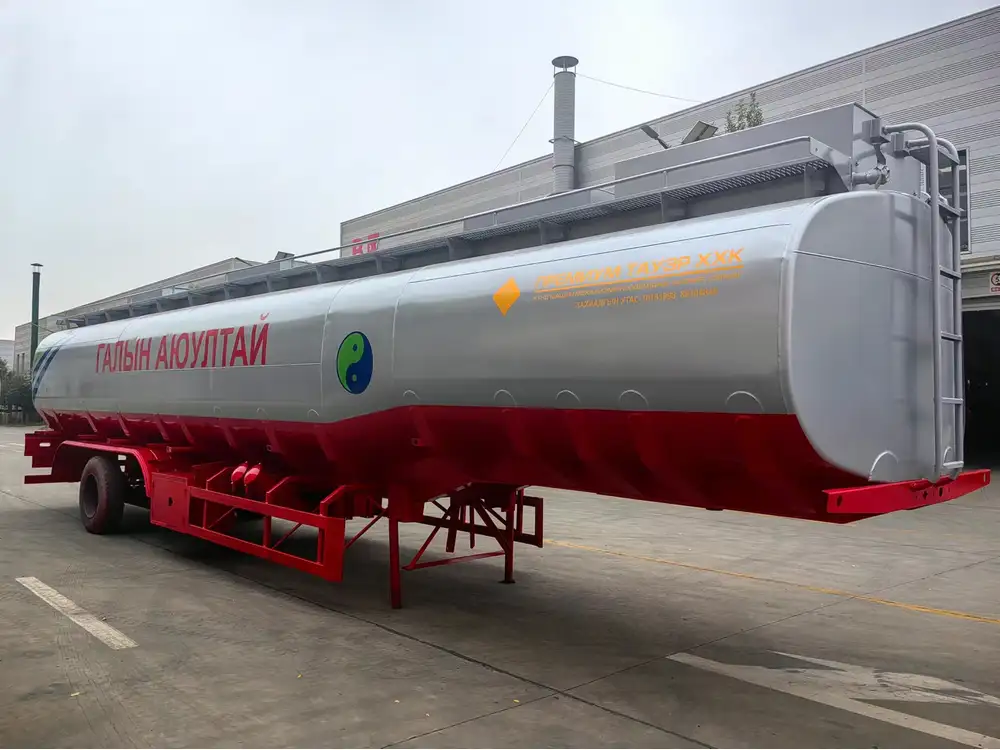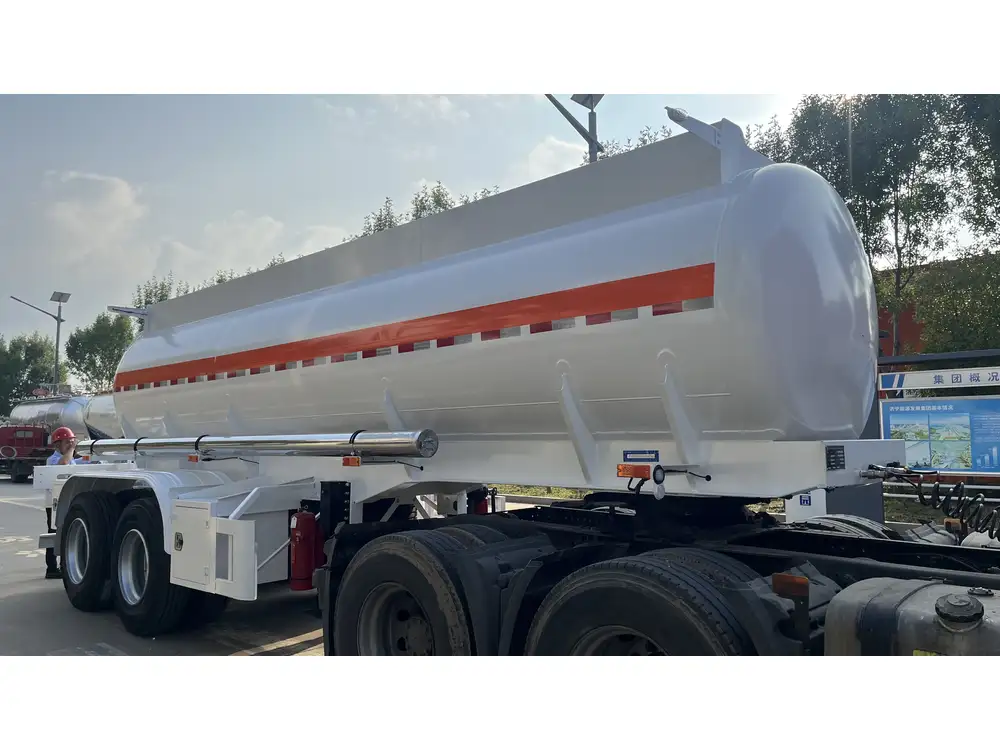Introduction to End Dump Trailers
End dump trailers are an essential component in the construction, mining, and agricultural sectors, designed to efficiently transport and unload bulk material. Their unique design allows for a swift unloading process, where the trailer bed lifts and tilts, providing gravity assistance in emptying loads with precision. However, understanding how much material these trailers can carry is critical for optimizing transport and reducing costs.
Key Factors Influencing Carrying Capacity
The number of yards an end dump trailer can accommodate depends on several factors, including trailer size, design, material density, and regulations. Below, we will explore these factors in detail.

1. Trailer Size and Configuration
End dump trailers come in varied sizes, typically between 20 to 40 cubic yards. Key configurations include:
| Size (Cubic Yards) | Typical Dimensions (L x W x H) | Common Applications |
|---|---|---|
| 20-30 | 16 ft x 8.5 ft x 5-6 ft | Residential construction debris |
| 30-40 | 22 ft x 8.5 ft x 6-7 ft | Large construction and excavation |
| 40+ | 30 ft x 8.5 ft x 6-7 ft | Mining, heavy-duty projects |
The dimensions and volume directly correlate, where larger trailers yield increased capacity.
2. Material Type and Density
Different materials have different weights and densities, which significantly affect how many yards can be loaded into an end dump trailer. The following table illustrates the relationship between material type and density:
| Material Type | Density (lbs/cubic yard) | Max Volume (Cubic Yards) | Max Weight (lbs) |
|---|---|---|---|
| Sand | 2,700 | 30 | 81,000 |
| Gravel | 2,500 | 30 | 75,000 |
| Soil | 1,800 | 30 | 54,000 |
| Asphalt | 2,300 | 30 | 69,000 |
Weight Limitations
It is essential to consider not just the volume but also the weight capacity of the truck pulling the trailer. Most commercial vehicles have a Gross Vehicle Weight Rating (GVWR) that should not be exceeded. The maximum weight capacity varies by state; thus, it’s imperative to balance yardage and weight efficiently.

3. Legal Regulations
Regulatory factors play a crucial role in determining the maximum load capacity. Each state in the U.S. has its own weight limits based on road infrastructure.
| State | Max Allowable Weight (lbs) | Height Limit (ft) | Width Limit (ft) |
|---|---|---|---|
| California | 80,000 | 14 | 8.5 |
| Texas | 80,000 | 13.5 | 8.5 |
| New York | 80,000 | 13.5 | 8.5 |
Staying informed about these regulations is vital for ensuring compliance and avoiding fines or penalties during transport.
The Conversion of Volume to Weight: Optimizing Yardage in End Dumps
To maximize the load, owners and operators should employ basic calculation methods:
Volume Calculation: Use the formula:
( Volume = Length \times Width \times Height )
(Convert cubic feet to cubic yards by dividing by 27)Weight Calculation:
( Weight = Volume \times Density )
This approach enables operators to find a balance between volume and weight, ensuring compliance with legal limits while maximizing capacity.
Example Calculation
Assuming an end dump trailer with a dimension of 22 ft x 8.5 ft x 6 ft, here is how the calculation would pan out for sand:
Volume in cubic yards:
- ( (22 \times 8.5 \times 6) / 27 \approx 36.67 \text{ cubic yards} )
Weight:
- Density of sand = 2,700 lbs/cubic yard
- ( 36.67 \times 2,700 \approx 98,991 \text{ lbs} )
This example illustrates how to ensure accurate calculations to optimize transport loads.

Enhancing Transport Efficiency with End Dump Trailers
Having understood the capacity, exploring operational enhancements can lead to effective transport strategies.
1. Load Optimization Techniques
To maximize payloads while ensuring safety and compliance:
- Distribute Loads Evenly: Proper weight distribution can prevent trailer damage and vehicle instability.
- Use Material Compaction: Compacting loads can help increase density while minimizing yardage.
- Select Appropriate Material Types: Choose lighter alternatives when possible, like shredded rubber or recycled materials.
2. Implementing Technology
Investing in advanced technologies can significantly enhance operational efficiency:
- Telematics Systems: Monitor load weight, speed, and route efficiency in real time.
- Load Cells: Integrate sensors to accurately measure the weight of materials loaded in real-time.
- Routing Software: Use GPS and route optimization tools to plan efficient transport routes, minimizing fuel costs and transit times.

Safety Considerations for End Dump Trailers
Ensuring the safety of operations should never be overlooked:
- Regular Maintenance Checks: Conduct frequent inspections of the trailer to mitigate risks of failure during transport.
- Educate Drivers: Provide ongoing training on best practices for operating end dump trailers.
- Observe Weather Conditions: Heavy loads may shift or become unstable; thus, monitor conditions that could affect transport safety.
Conclusion: The Future of End Dump Trailers
The future of end dump trailers points toward greater efficiency, compliance, and functionality. Innovations in materials, design, and technology will inevitably expand capacities further while enhancing user experience. By understanding these dynamics, operators can make informed decisions, optimize loads, and achieve cost efficiencies that define modern transport practices.
End dump trailers provide the versatility and capacity needed for various industrial applications, but maximizing their potential relies heavily on understanding how many yards they can effectively carry.
By carefully assessing capacity, understanding regulations, and implementing effective strategies, operators can master the art of transporting materials efficiently, paving the way for a more productive and profitable future.



